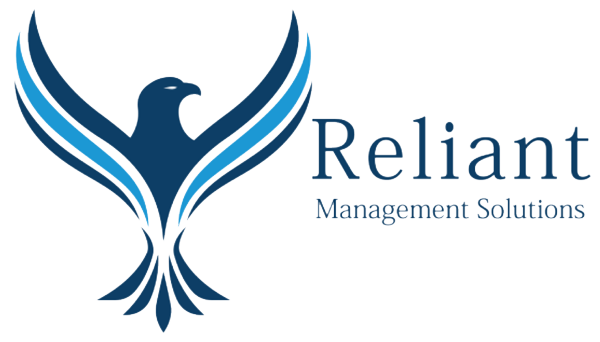How Does Credit Card Debt Rate Vary Between the Different States in the US? Inflation and unemployment are two primary drivers of credit card debt. In the last decade, Americans have generally become more comfortable with debt and less averse to using credit cards. The average American household now has $5,700 in credit card debt, up from $4,100 in 2010.
However, there is considerable variation in credit card debt levels across the country. Some states have much higher levels of credit card debt than others.
Why Do Different States Have Different Credit Card Debt Levels?
A recent report found that states with the highest credit card debt are generally located in the Northeast and Midwest, while states with the lowest debt rate are primarily in the West. So why do different states have such different levels of credit card debt?
Differences in Income Level
Generally, states with higher median incomes tend to have higher credit card debt. This trend is likely because residents of these states have more disposable income and are, therefore, able to take on more debt.
Higher Cost of Living
Some states have a very high cost of living. These residents may need credit cards to cover basic expenses, leading to higher debt rates.
Finally, some states have more residents with poor credit scores, making it harder to obtain a credit card with favorable terms and leading to higher debt levels.
Wage Growth Rate
States with slower wage growth tend to have higher levels of credit card debt, as people may use their cards to make up for stagnant incomes. Also, states with higher unemployment rates may have more people using credit cards to cover essential costs, such as food and utilities.
Finally, some states have more residents with poor credit scores, making it harder to obtain a credit card with favorable terms and higher debt levels.
Can We Bridge the Differences?
Some argue that increasing financial education and access to resources could help residents of high-debt states better manage their credit card use. Others believe legislation may be necessary to protect consumers from predatory lending practices. Debt consolidation programs can be of great help too.
It is important to remember that credit card debt is an essential issue for many Americans. When struggling with credit card debt, seek out debt relief resources in your state to help you get back on track.
What Happens When Credit Card Debt Rate Increases in any State?
When the average credit debt in a state of the US becomes high, it can have a ripple effect on the economy. When consumers are burdened with high levels of debt, they are less likely to spend money, thus causing decreased economic activity.
In addition, high levels of debt can also lead to an increase in defaults and bankruptcies, which can further damage the economy. When lenders face high levels of defaulted debt, they may become more conservative in their lending practices. As a result, it becomes more challenging to obtain credit.
Bring Down Your Credit Card Debt Rate Now! Call Reliant Management Solutions!
Are you battling credit card debt? Call us today. We specialize in getting people to get out of debt. We can work with you to make a debt management plan that fits your unique financial situation. We provide free consultation, so do not hesitate to reach out and learn more about how we can assist you.






Recent Comments